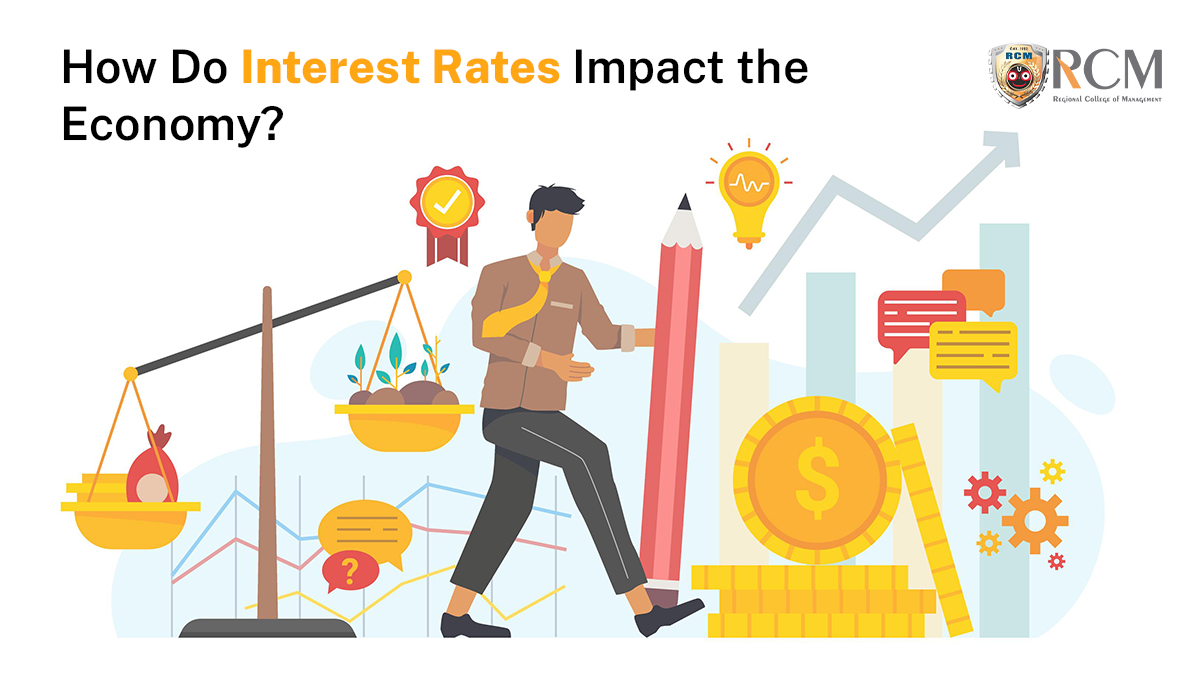Interest rates are a cornerstone of economic activity, influencing everything from consumer spending to business investments and financial markets. Here’s a concise look at their role:
What Are Interest Rates?
Interest rates reflect the cost of borrowing money or the reward for saving. Central banks, like the Federal Reserve, use monetary policy to adjust rates, balancing economic growth and controlling inflation.
How Interest Rates Impact the Economy
1. Inflation Control:
- Rising Rates: Help curb inflation by discouraging borrowing and spending.
- Lowering Rates: Stimulate the economy by making loans cheaper, boosting activity.
2. Consumer Spending & Loans:
High loan interest discourages big purchases like homes and cars, while low rates encourage spending, fueling economic growth.
3. Business Investments:
Low rates enable companies to borrow for expansion, innovation, and hiring, while high rates may slow investment decisions and progress.
4. Savings & Investments:
Higher savings account rates encourage saving; lower rates push people toward riskier assets like stocks, influencing financial markets.
5. Mortgage Rates:
Low mortgage rates boost home buying and the real estate market. High rates reduce affordability, slowing housing demand.

The Role of Central Bank Policies
Central banks adjust rates to stabilize the economy. In recessions, they lower rates to spur growth, while in booming economies, they raise rates to prevent overheating and inflation.
Why It Matters
Interest rates are a powerful tool in economic growth, shaping spending habits, investments, and overall financial stability. Whether saving, borrowing, or investing, staying informed about central bank policies and trends helps you make better financial decisions.




























